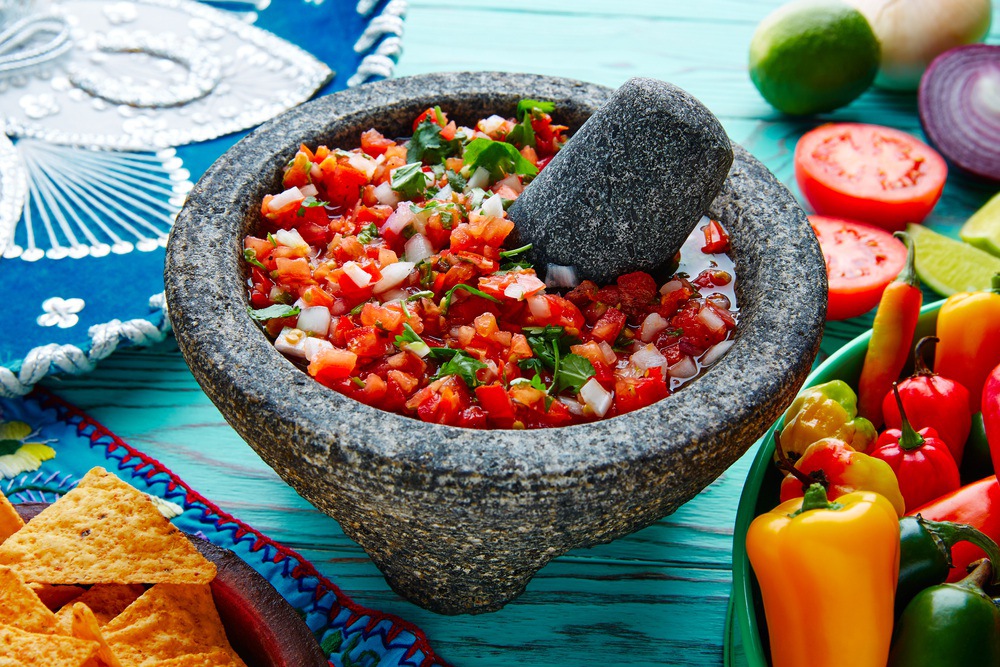Salsa, a vibrant and flavorful condiment hailing from Mexico, has turned into a staple in many kitchens around the world. While it’s often delighted in for its zesty taste and versatility in pairing with various dishes, salsa also boasts a range of nutritional benefits. Here, we will investigate the various health advantages of incorporating Salsas mexicanas into your eating routine and discover how this famous condiment can add to your overall prosperity.
A Rainbow of Nutrients:
Salsa is typically made from a bright array of fresh fruits and vegetables, such as tomatoes, peppers, onions, and cilantro. These ingredients are visually appealing as well as pack a strong punch in terms of nourishment. Some of the key nutrients found in salsa include:
- Vitamins: Salsa is plentiful in vitamins A, C, and K, which support a healthy safe system, advance healthy skin and vision, and add to bone health.
- Minerals: The fruits and vegetables in salsa contain essential minerals such as potassium, magnesium, and phosphorus, which assist with maintaining legitimate muscle capability, support bone health, and regulate pulse.
- Fiber: The high fiber content in salsa, primarily from the vegetables, aids digestion and helps maintain stable glucose levels.

Antioxidant powerhouse:
Salsa’s distinctive colors are not just to look good; they also signal the presence of antioxidants, which assist with safeguarding our cells from damage caused by free radicals. Similarly, the capsaicin found in stew peppers is known for its antioxidant properties and potential anti-inflammatory benefits.
- Spicing up your metabolism: The heat in salsa, thanks to bean stew peppers, may offer some potential benefits for your metabolism. Capsaicin, the compound responsible for the spiciness of bean stew peppers, has been shown to increase thermogenesis — the process by which the body generates heat and burns calories.
- A heart-healthy choice: Salsa’s combination of vitamins, minerals, antioxidants, and fiber makes it a heart-healthy choice for those hoping to work on their cardiovascular health.
How to make the most of Salsa’s nutritional benefits?
- Settle on fresh, homemade salsa: Freshly made salsa will generally have higher supplement levels than store-purchased varieties, which may contain added preservatives and sugars.
- Try different things with various ingredients: While tomatoes and stew peppers are the mainstays of many salsas, feel free to stir things up by incorporating various fruits and vegetables, such as mangoes, pineapples, or even kale.
- Pair with supplement dense foods: Salsa can be delighted in with a variety of healthy foods, such as entire grain tortilla chips, barbecued fish or chicken, or as a garnish for salads and grain bowls.
Salsas mexicanas, a cherished condiment in Mexican cuisine, is packed with flavor as well as offers numerous nutritional benefits. By incorporating fresh, homemade salsa into your eating routine, you can partake in a delicious taste insight while supporting your overall health and prosperity. So, feel free to spice up your meals with this versatile and nutritious condiment, realizing that you’re making a heart-healthy choice that’s also a joy for the taste buds.



















